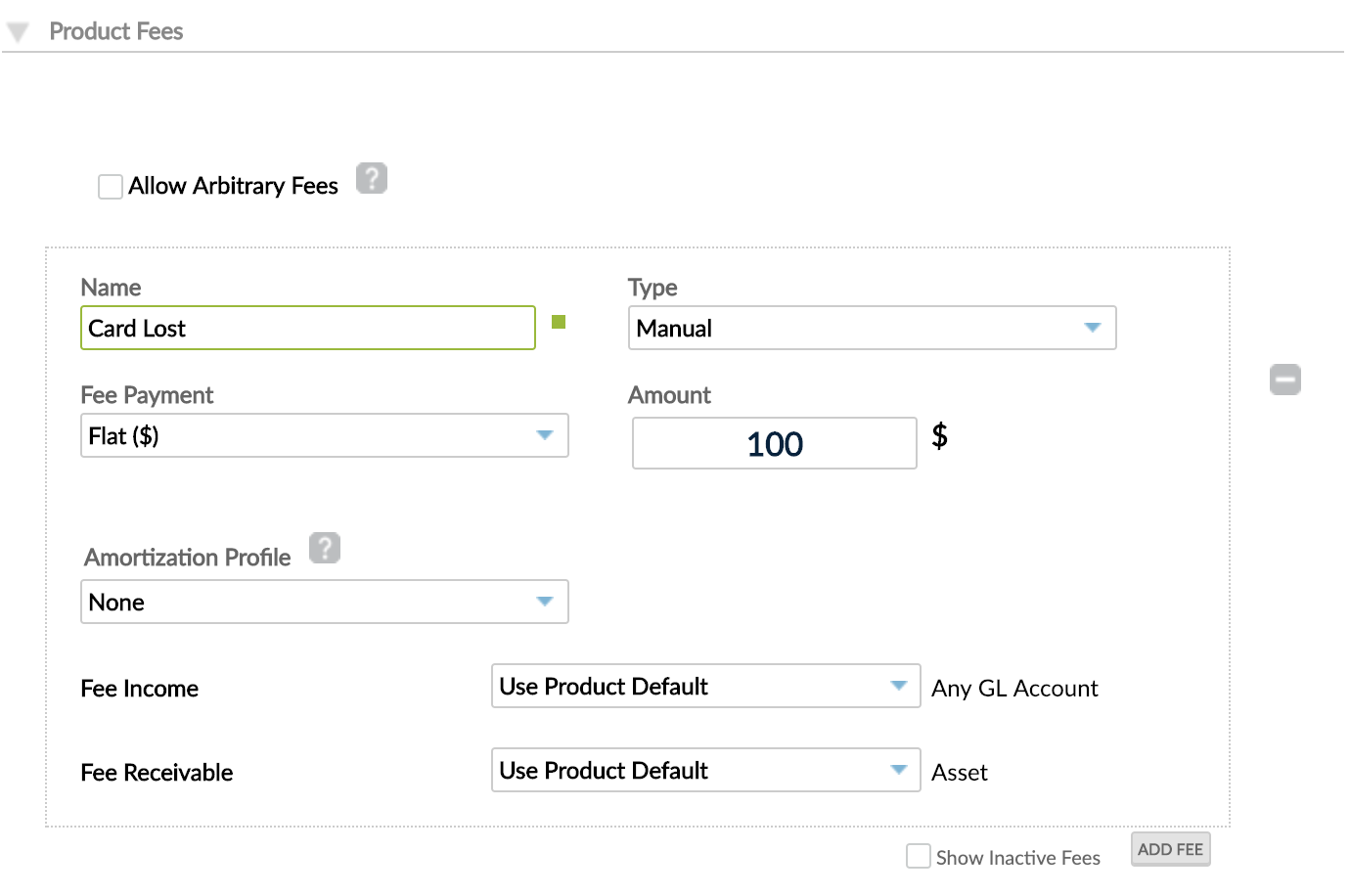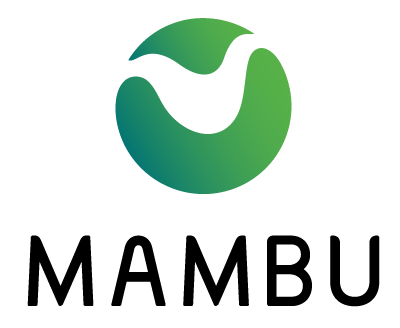- 08 Jun 2022
- 2 Minutes To Read
- Print
- DarkLight
- PDF
Fees Accounting
- Updated On 08 Jun 2022
- 2 Minutes To Read
- Print
- DarkLight
- PDF
Linking Fees to GL Accounts
For loan products
When adding fees to a loan product that has accounting enabled, you have two options:
- Use product default accounts: as defined in the "Accounting Rules" section; in this case, all fees are posted through the same accounts.
- Use specific accounts: as defined for each fee; this is a better approach for more granular accounting for fees, as well as more detailed financial reporting on different income sources.
If Cash Basis Accounting is used, then only a "Fee Income" account must be specified. Deposit Accounts only support Cash Basis Accounting.
If Accrual Accounting is used, then fees will typically have three control accounts:
- Fee Receivable: must be an Asset account; its balance will reflect the amount of fees charged (due) but not yet paid.
- Fee Income: must be either an Income or a Liability account; its balance will reflect the amount of fees earned; a Liability account can be used as control for those fees that are collected for third parties (typically: insurance fees).
- Fee Loses: must be an Income account that is definable per fee. The Fee Write Off GL account (expense account) will overwrite the Write off GL accounts defined in the Accounting section of the Loan Product if any GL is selected.
For Disbursement Fees, only the "Fee Income" account can be specified, as this fee is "paid" immediately at disbursement, either by deduction from the loan amount or capitalization onto the loan, and there is no use for a Fee Receivable GL Account.

Also, when accrual methodology is chosen, it is possible to amortize fees over time. For more information, see Fee Amortization.
For deposit products
Mambu allows linking Product Fees to different GL accounts for deposits. When an Accounting methodology is selected for Deposit Products, the "Fee Income" accounting rule for each predefined fee will be available. You can select from the dropdown menu the GL account of your choice for each fee. When a different GL account is chosen besides the Default, the fees will be posted to the assigned GL account, as is currently done for loan accounts.
Fees related transactions and their corresponding accounting entries
Accruals Accounting
Under Accrual Accounting, there are two types of transactions associated with fees:
- Fee Applied: triggered by different events, manual or automated; in accounting, the Fee Applied Transactions generates an automated Journal Entry as follows:
- DEBIT - Fee Receivable (Asset)
- CREDIT - Fee Income (Income/ Liability)
- Repayment: fees are always paid as part of a Repayment transaction; if a fee has been charged on the account, part of the next payment will be allocated to cover the outstanding fee due
- DEBIT - Fund Source (or specific Transaction Channel GL)
- CREDIT - Fee Receivable (Asset)
Cash Accounting
Under Cash Accounting, only one journal entry is posted:
- Fee Applied: triggered by different events, manual or automated; in accounting, the Fee Applied Transactions generates an automated Journal Entry as follows:
- DEBIT - Deposit
- CREDIT - Fee Income (Income/ Liability)


